The Future Development Trends of 3D Foot Scanners
In recent years, the world of foot health and footwear has been revolutionized by the introduction of advanced technologies, such as 3D foot scanners. The 3D foot scanner allows for a highly accurate and personalized way of measuring foot structure, pressure points, and more, enabling customized solutions for footwear, orthotics, and even medical applications. But what does the future hold for this cutting-edge technology? In this blog post, we will explore the potential development trends of the 3D foot scanner, examining how this technology might evolve and continue to shape the world of podiatry, sports medicine, and everyday footwear.
The 3D foot scanner has already made waves by allowing us to capture detailed digital representations of our feet. This technology uses infrared light, lasers, and structured light to generate a 3D model that can be used to create more personalized footwear and orthotics. However, there are several exciting trends on the horizon that could take this technology to the next level.
Trend 1: Increased Integration with Wearable Technology
One of the most exciting trends for the 3D foot scanner is its potential integration with wearable technologies. Wearable devices, such as smartwatches and fitness trackers, have already become common for tracking health metrics like heart rate, steps, and calories burned. The future of foot scanning may see these devices working in tandem with 3D foot scanners, enabling users to track their foot health in real time.
For example, future 3D foot scanners might sync with a user’s wearable device to continuously monitor changes in foot shape, pressure distribution, and gait over time. This could provide users with constant feedback about their foot health and help them detect problems early, such as the development of bunions, flat feet, or abnormal wear patterns that could lead to injury.
Moreover, smart insoles equipped with sensors could send data back to a smartphone app, alerting the user to any issues detected by the 3D foot scanner. Such real-time analysis could revolutionize how we manage foot care and prevent long-term damage, making personalized foot health management a routine part of daily life.
Trend 2: More Advanced Scanning Capabilities
As with most technology, the 3D foot scanner is expected to become more advanced over time, improving both accuracy and versatility. In the future, 3D scanners may be able to capture even more precise details about the foot’s structure, including minute variations in skin texture, muscle alignment, and foot pressure distribution. These advancements could allow for a deeper understanding of foot biomechanics, which would lead to even better footwear and orthotic solutions.
Additionally, the scanning process itself will likely become faster and more convenient. Currently, many 3D foot scanners require users to stand or place their feet in a specific position for the scan to be accurate. In the future, we may see handheld or mobile 3D foot scanners that can capture data while a person is walking or performing activities. This would allow for dynamic foot analysis, capturing how the feet behave in motion, rather than just in a static state.
The rise of artificial intelligence (AI) and machine learning algorithms could further enhance 3D foot scanner technology by automating the analysis process. AI could analyze the captured 3D models and offer personalized recommendations for footwear, orthotics, or medical treatments based on the user’s specific foot structure and movement patterns. This would make the technology more accessible and efficient, especially in clinical and retail settings.
Trend 3: Enhanced Customization for Footwear Design
As 3D foot scanners become more accurate, they will be used more frequently in footwear design, allowing manufacturers to produce shoes that are more tailored to individual feet. The future of footwear will likely see a move away from generic, one-size-fits-all models toward shoes that are specifically designed for each person’s unique foot shape.
For example, footwear brands may partner with 3D foot scanner companies to offer personalized shoe designs for their customers. After scanning the foot, the customer could receive shoes that fit perfectly, providing better support, comfort, and performance. This could be particularly useful for people with foot conditions such as bunions, flat feet, or high arches, who often struggle to find comfortable, well-fitting shoes.
Furthermore, the integration of 3D scanning with 3D printing technologies could lead to fully customized shoes being printed on demand. This would eliminate the need for mass production, reducing waste and offering a more sustainable option for footwear manufacturing. Consumers could simply order shoes based on their 3D foot scan, and the shoes would be printed and shipped directly to them. This level of customization will undoubtedly make shopping for shoes a more personalized and enjoyable experience.
Trend 4: Broader Medical and Health Applications
Another exciting trend is the expanded use of 3D foot scanners in the medical field. Currently, podiatrists and orthopedists use 3D scanning to create custom orthotics and assess foot conditions. However, the future of foot scanning technology could see it being used for a broader range of medical applications, from diagnosing systemic health problems to managing chronic conditions.
For example, 3D foot scanners could play a key role in the early detection of diseases like diabetes, which often leads to complications in the feet, including nerve damage and poor circulation. By regularly scanning the feet and monitoring changes in structure or pressure distribution, doctors could detect issues early and prevent serious complications such as ulcers or infections.
Moreover, 3D foot scanners could be used in rehabilitation and physical therapy settings. Athletes recovering from injuries, for instance, could use the scanner to monitor changes in their foot function as they heal, allowing for more precise adjustments to their rehabilitation programs. Similarly, the technology could be used in the treatment of conditions like plantar fasciitis, providing a detailed look at pressure points and helping doctors design more effective treatment plans.
Trend 5: Wider Adoption in Retail and Consumer Markets
As 3D foot scanners become more affordable and accessible, we are likely to see their adoption grow in retail settings. Shoe stores, for example, could offer in-store scanning services, allowing customers to receive personalized footwear recommendations based on their exact foot measurements. This would eliminate the common problem of finding shoes that fit well, making shopping for shoes a much more efficient and satisfying experience.
In addition to helping customers find the perfect fit, 3D foot scanners could be integrated with loyalty programs or mobile apps to track foot health over time. For example, customers could save their foot data in an app, which could provide them with notifications or updates about changes in foot structure, pressure points, or even the need for new insoles or orthotics.
With increasing awareness of the benefits of customized foot solutions, we can expect 3D foot scanners to become a standard offering in footwear and healthcare retail, further driving demand for personalized and effective products.
The future development trends of the 3D foot scanner are exciting, with innovations that promise to enhance the accuracy, convenience, and customization of foot care solutions. Whether it’s through the integration with wearable technology, the development of advanced scanning capabilities, or the expansion of applications in healthcare and retail, 3D foot scanners will continue to play a critical role in transforming the way we care for our feet.
As we look ahead, we can expect these advancements to improve foot health, optimize athletic performance, and provide more personalized footwear options for everyone. With the continued evolution of the 3D foot scanner and its integration into various industries, the possibilities for improving foot health and comfort are virtually limitless.

 +86-0755-86131192
+86-0755-86131192 2024-12-18
2024-12-18 Back to list
Back to list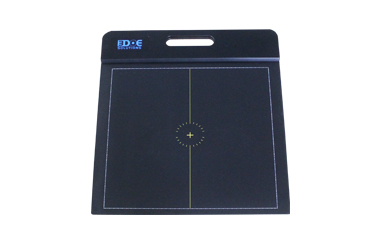
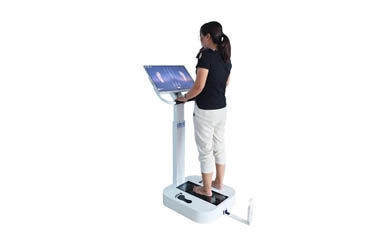
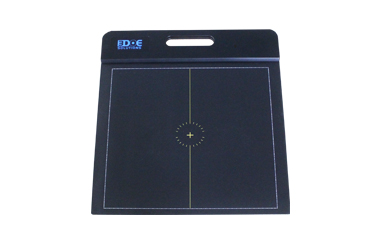
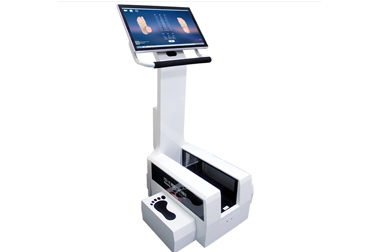
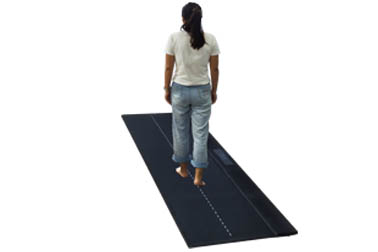
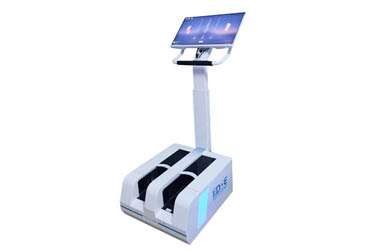



 +86-0755-86131192
+86-0755-86131192